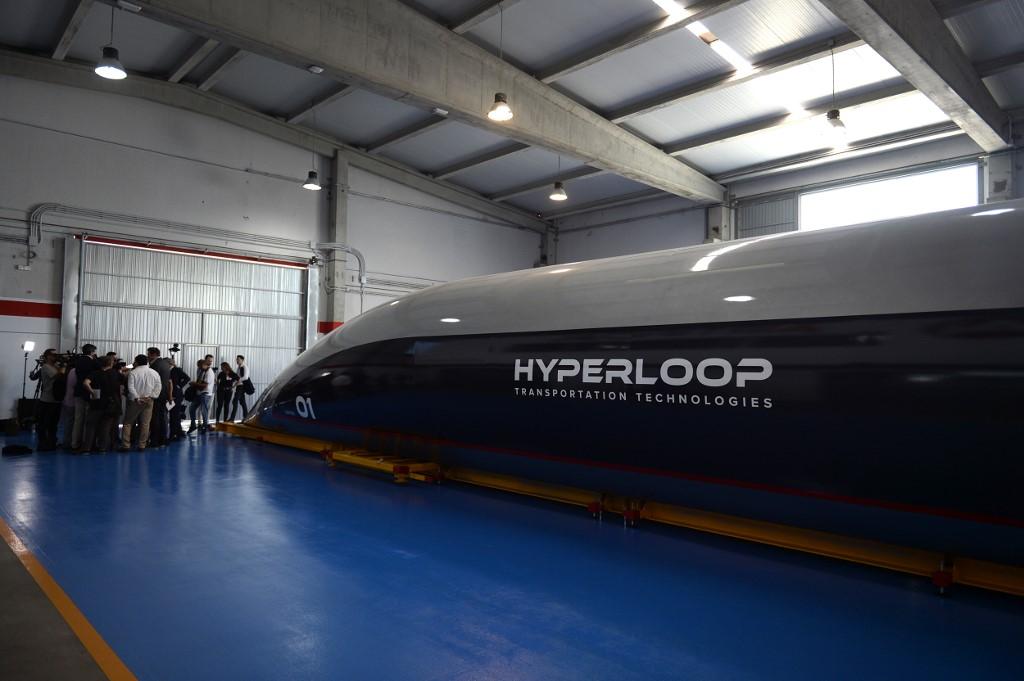Humans whizzed through pipeline in successful first for Hyperloop
Faster than planes and bullet trains, this could soon be a key passenger and cargo transportation system.
Just In
Travelling in a vacuum through a pipeline at over 1,000kmh may not be everybody’s idea of the best way to get from A to B but many people think it will be the fastest form of mass transit in the future.
And it’s nearly 100% environmentally friendly.
The first new form of passenger and cargo transport the world has seen in over a century just passed its first test run carrying humans.
British mogul Richard Branson’s Virgin Hyperloop completed the world’s first passenger ride on a super high-speed levitating pod system, the company said on Sunday.
Two Virgin Hyperloop executives braved the challenge and reached speeds of nearly 200kmh at the company’s DevLoop test site in Las Vegas, Nevada. Although their pod was built for just two passengers, future pods will be enlarged to carry up to 30 once the project gets further underway.
Los Angeles-based Hyperloop envisions a future where floating pods packed with passengers and cargo race through tubes at 1,000kmh. Such systems would function similarly to big city underground metro networks like the London Tube but over great distances.
In a hyperloop system, which uses magnetic levitation to allow near-silent travel through a pipeline with the air removed, journeys would be twice as fast as a commercial jet flight and up to four times faster than a bullet train.
“I had the true pleasure of seeing history made before my very eyes,” said Sultan Ahmed Bin Sulayem, chairman of Virgin Hyperloop.
The company has previously run more than 400 tests without human passengers at the Nevada site. It is working towards safety certification by 2025 and commercial operations by 2030.
The propulsion system was first proposed by billionaire Elon Musk of Tesla, and multiple companies are now working on passenger and freight networks with similar technology they say will slash travel times, eliminate congestion and end environmental harm caused by traditional internal combustion engines.
Subscribe to our newsletter
To be updated with all the latest news and analyses daily.
Related Articles
No articles found.
